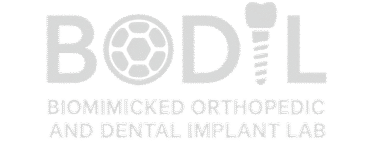Abstract
Rationale: Osseointegration,the direct structural and functional connection between living bone and implants, remains poorly understood despite being critical for implant success. Current bone implant designs lack optimization due to limited understanding of the multifactorial mechanical, chemical, and biological processes, which govern osseointegration process.
Methods: This systematic review analyzed studies published in English using numerical/mathematical methods to model osseointegration. A PubMed search was made up to July 2025, and full-text articles “osseointegration,” were screened for keywords including “healing,” “bone generation,” “computer simulations,” “finite element models,” and “mechanobiological model” Selected studies encompassed various species, tissue types, and computational procedures. Articles were categorized by modeling approach: mechanical-, biological-, or compound models (integrating
mechanical and biological aspects).
Results: Seventeen articles met inclusion criteria. Ten studies employed mechanobiological models simulating bone formation around implants, focusing on mechanical factors. Four studies have developed bioregulatory models, targeting biological aspects. Three studies created compound models trying to consider mechanical and biological aspects at the same time. Current models successfully
predicted key mechanical influences; however, they showed limitations in capturing complete biological complexity.
Conclusions: Mathematical models of osseointegration face significant challenges in accurately considering both biological and mechanical factors simultaneously, often oversimplifying one aspect, while focusing on the other. Key limitations include unrealistic boundary conditions, computational constraints, and incomplete understanding of biophysical signal translation. Moreover, most models rely on animal studies with interspecies differences and adapt bone healing algorithms rather than developing osseointegrationspecific approaches. Despite these challenges, mechanobiological models offer promising insights for optimizing implant design, though developing comprehensive models requires substantial experimental investment and computational resources.

